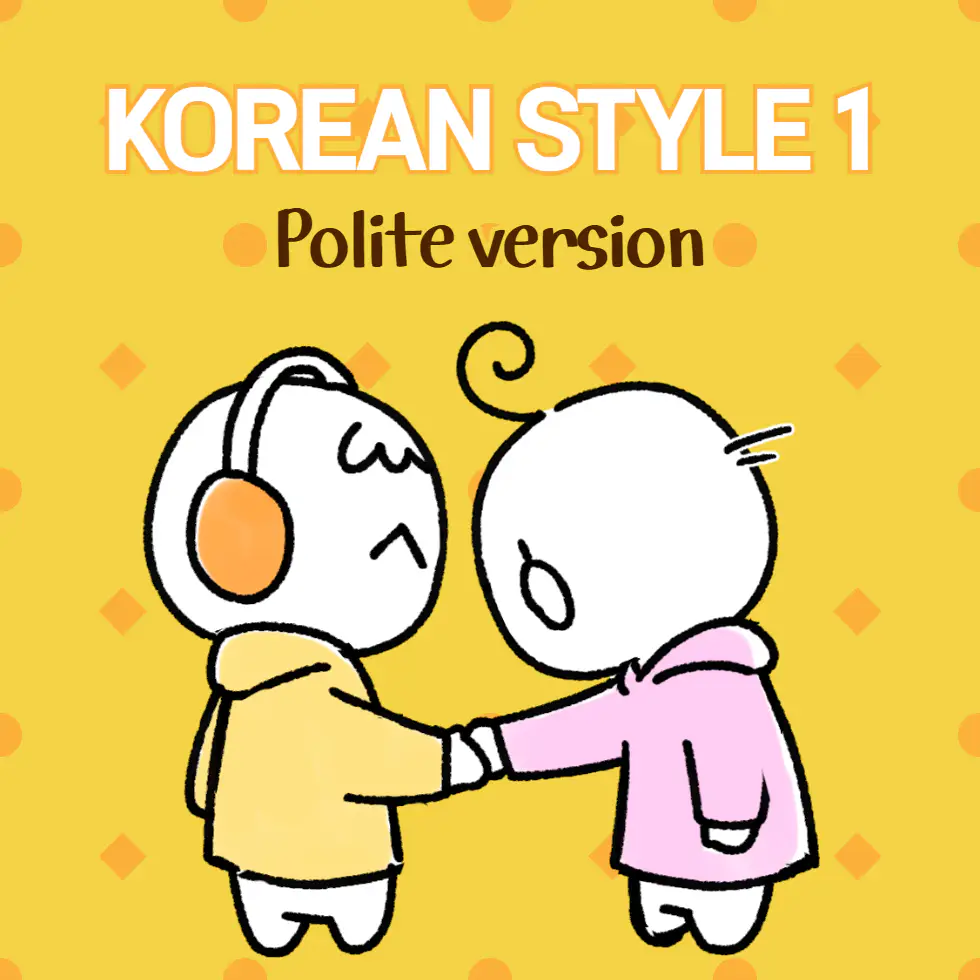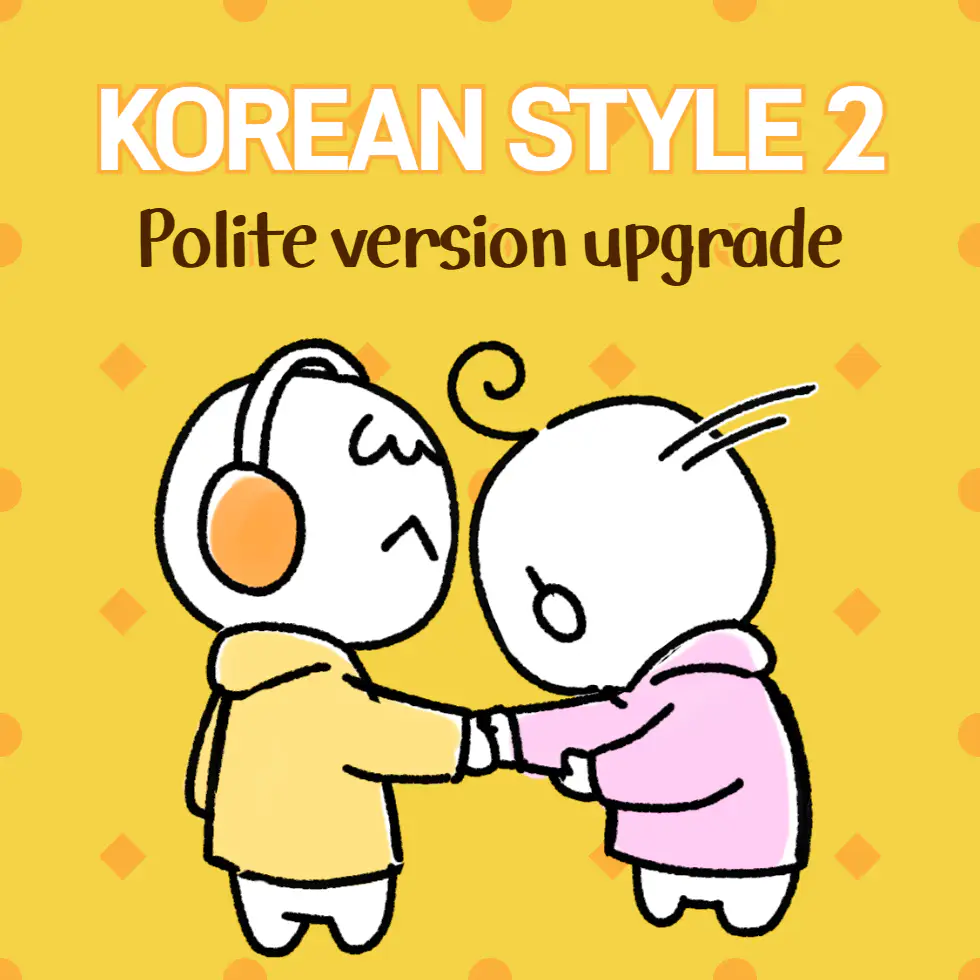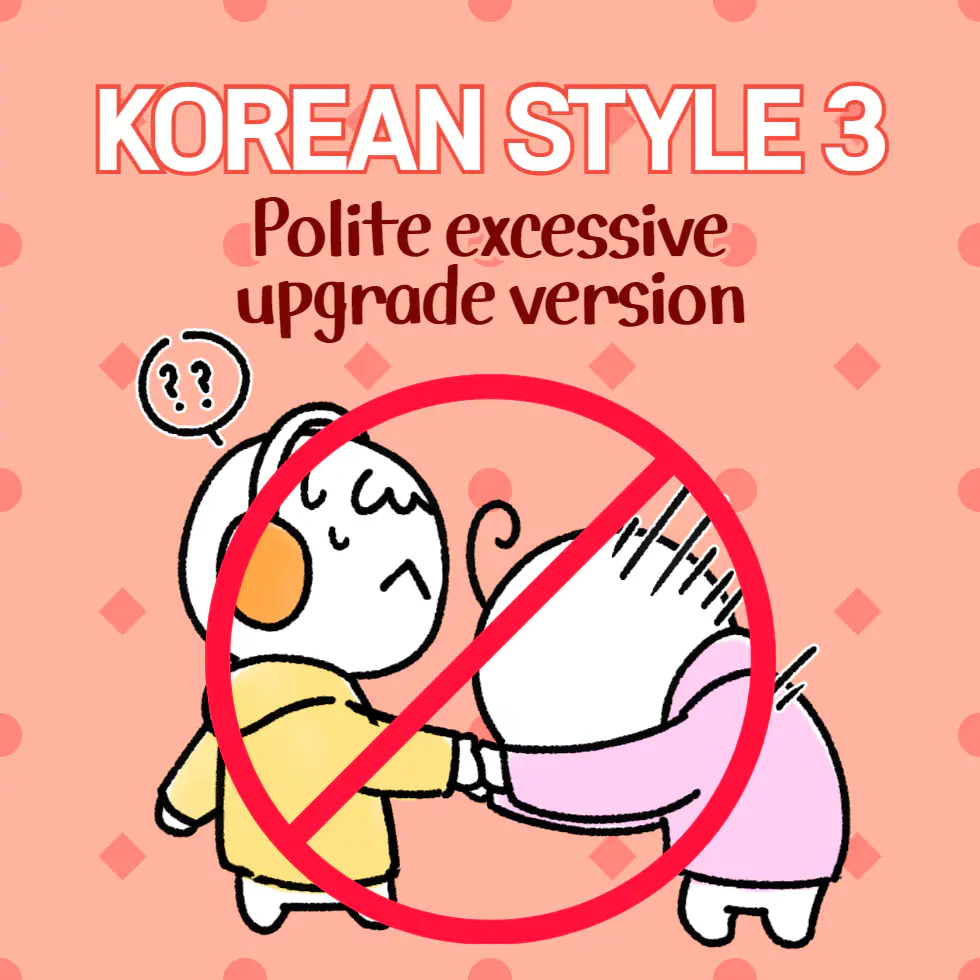Even Greetings Have Nuances! Master Korean Greeting Gestures by Pose in Just 3 Minutes
- Yunhwa Park
- Jan 10
- 4 min read
Updated: Jan 17

In Korea, manners and respect are highly valued—so much so that the country is often called the Land of Courtesy. (Of course, there are exceptions now and then 😂)
Learn It Now, Use It Right Away with Koreans!
🙇♂️ Bow your upper body 45 to 90 degrees 🙇♀️

📌 When to Use It
This bow is used to express deep gratitude or to offer a formal apology.
📌 Examples
ⓐ Meeting Your Company’s CEO and President
Imagine you’re an employee of Company A, and your CEO and president are standing right in front of you.
In this situation, you bow at a 90-degree angle while saying, “안녕하십니까 (Hello)!” to show respect.
ⓑ Apologizing for a Big Mistake
You made a significant mistake at work. To sincerely apologize to your manager, tstore manager, and everyone involved, you say, “죄송합니다 (I’m sorry)…” while bowing your upper body at a 90-degree angle.
In Korea, bowing is more than just a gesture—it’s a powerful way to show respect and sincerity.
Sometimes, this simple gesture can convey your feelings better than a hundred words. It makes people think,
“Wow, this person is truly serious.”
🙇♂️ Bow your upper body 30 degrees 🙇♀️

📌 When to Use It
This is a basic greeting gesture that is often used in everyday life.
It's perfect for showing polite respect to your boss, clients, colleagues, or guests. It's simple, not too formal, and makes a good impression.
📌 Do Koreans Measure the Angle Before Bowing?
➡ Answer: Koreans don’t calculate the exact angle!
In formal situations or when greeting someone important, they bow deeper. For everyday interactions, they simply bow lightly with a casual gesture. 😊
🙇♂️ Bow your upper body 15 degrees 🙇♀️

📌 When to Use It
This gesture is used for light greetings in situations like being in a small space (e.g., an elevator), crowded places, when the other person is on the phone or talking to someone, meeting someone again after already greeting them, or suddenly making eye contact.
Typically, a light nod for 1-2 seconds works well, but holding it for 2-3 seconds can make it seem more polite. 😊
Additional Info 1
For friends or close colleagues

📌 Gestures (Choose ⓐ or ⓑ)
ⓐ Raise your hand to shoulder height and give it a light wave. The closer you are, the more casual it gets—sometimes you just raise your hand without waving at all.
ⓑ Slightly raise your hand and pair it with a short greeting like "안녕 (Hi)!", "하이 (Hi)!", "왔어 (Hey)?" or "잘 지냈어 (How have you been)?"
📌 Meaning
This is mostly used between friends! With close friends, bowing isn’t needed. A casual and relaxed greeting, like a quick wave or a simple phrase, is enough to show friendliness. 😄
Additional Info 2
Handshake in Korea

👉🏼 Swipe to see the image blow
📌 When to Use It
A handshake in Korea is more than just holding hands. It’s a gesture of warmth and connection, helping to build trust and open hearts. Because of this, it’s commonly used in special or formal situations.
📌 Examples
Business Settings
To show trust when starting work or during important meetings
Marriage Greetings
When meeting your partner's parents (especially the father) before marriage, a handshake paired with a respectful bow adds a touch of formality. Bowing your upper body along with the handshake makes it even more polite. 😊
📌 How to Do It
Use your right hand for the handshake.
To show respect, support your right hand with your left hand and bow slightly (about 30 degrees). For more formal occasions, bow even more deeply.
Superiors or elders usually initiate the handshake with juniors.
A woman may initiate a handshake with a man. (Of course, there are also men who initiate a handshake with a woman first. In such cases, it often reflects a sense of gender equality, acknowledging the person as an individual rather than solely as a woman.)
When someone offers a handshake, you must stand up to reciprocate.
Do not grip the other person’s hand too tightly; a moderate grip is best.
Avoid shaking the other person’s hand vigorously up and down during the handshake.
Master Korean greetings in just 3 minutes!
With the tips above, you’ll never need to feel nervous about greeting a Korean again! ^^
🔗 View Previous Post 🔗
Did you enjoy this post?
Your click on the ad below would mean a lot to us!
Each click helps support the creation of even better content. 💪
And don’t forget to hit the Like button too!



Комментарии